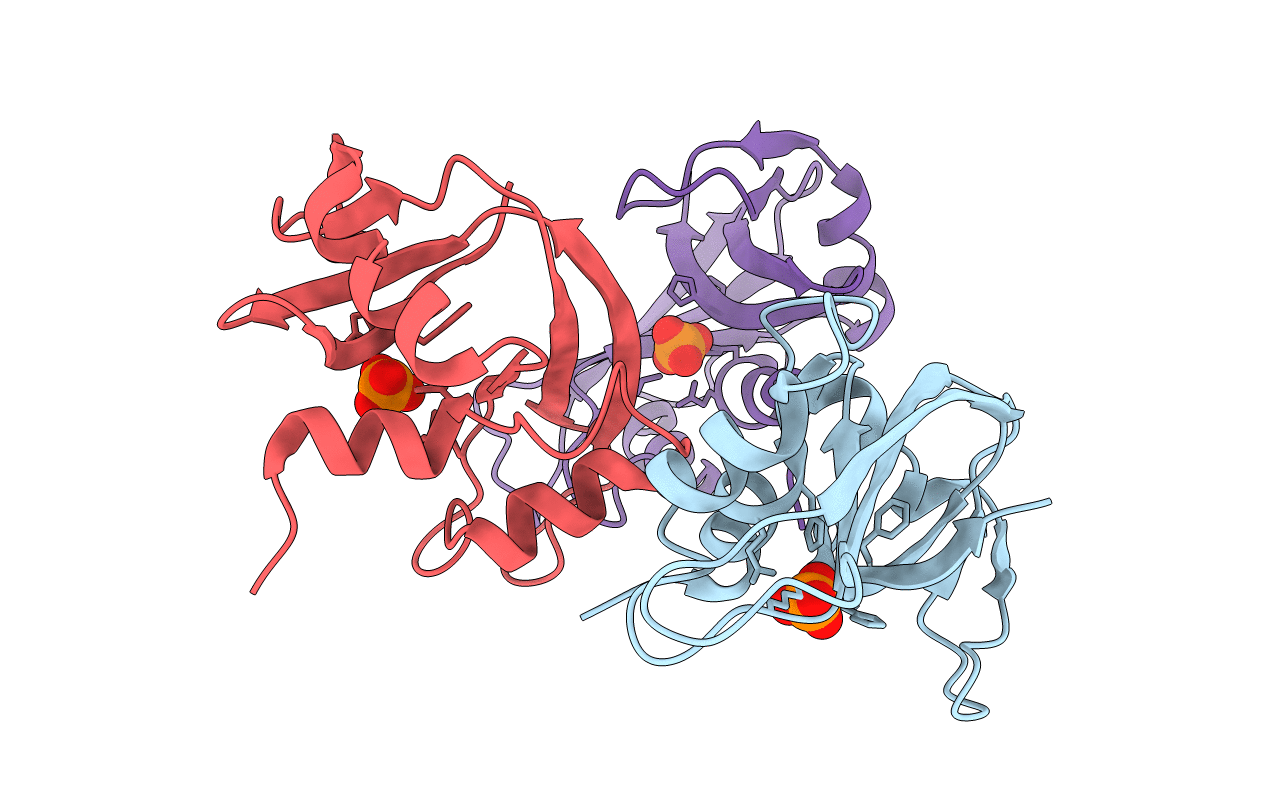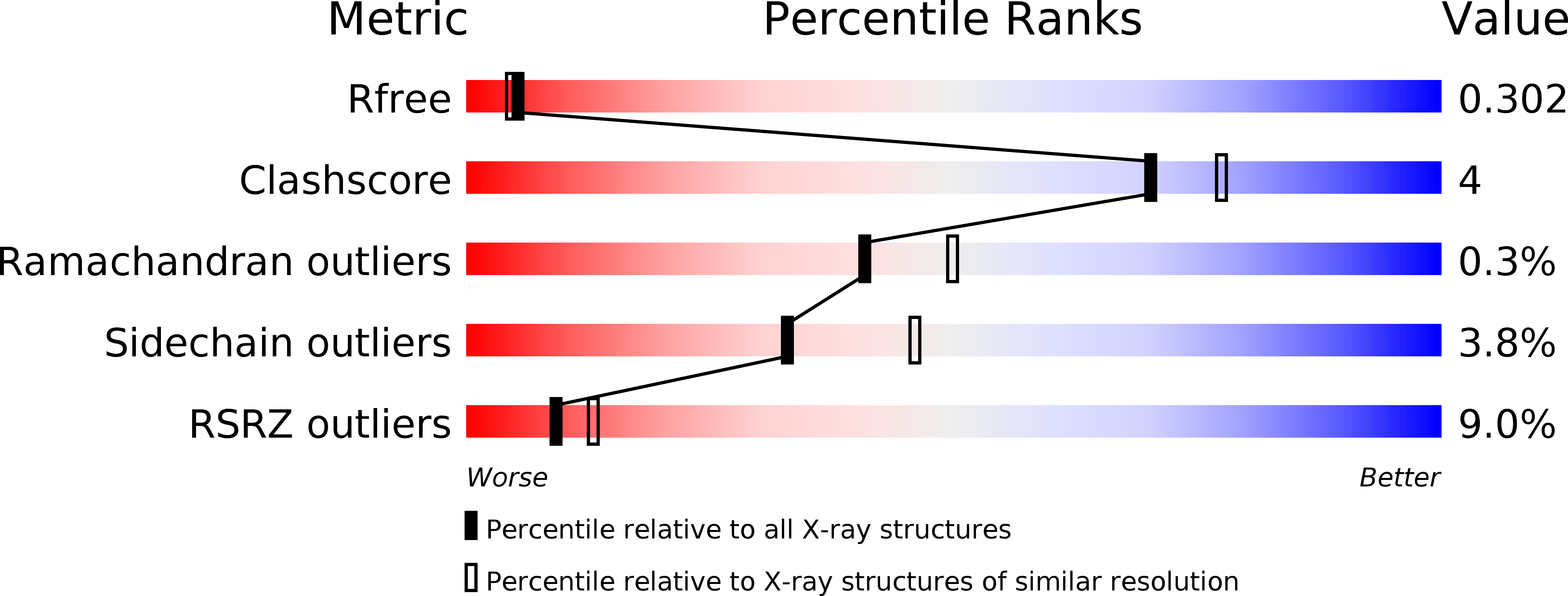
Deposition Date
2019-02-07
Release Date
2019-05-08
Last Version Date
2024-10-16
Method Details:
Experimental Method:
Resolution:
2.31 Å
R-Value Free:
0.29
R-Value Work:
0.20
R-Value Observed:
0.20
Space Group:
P 1 21 1


